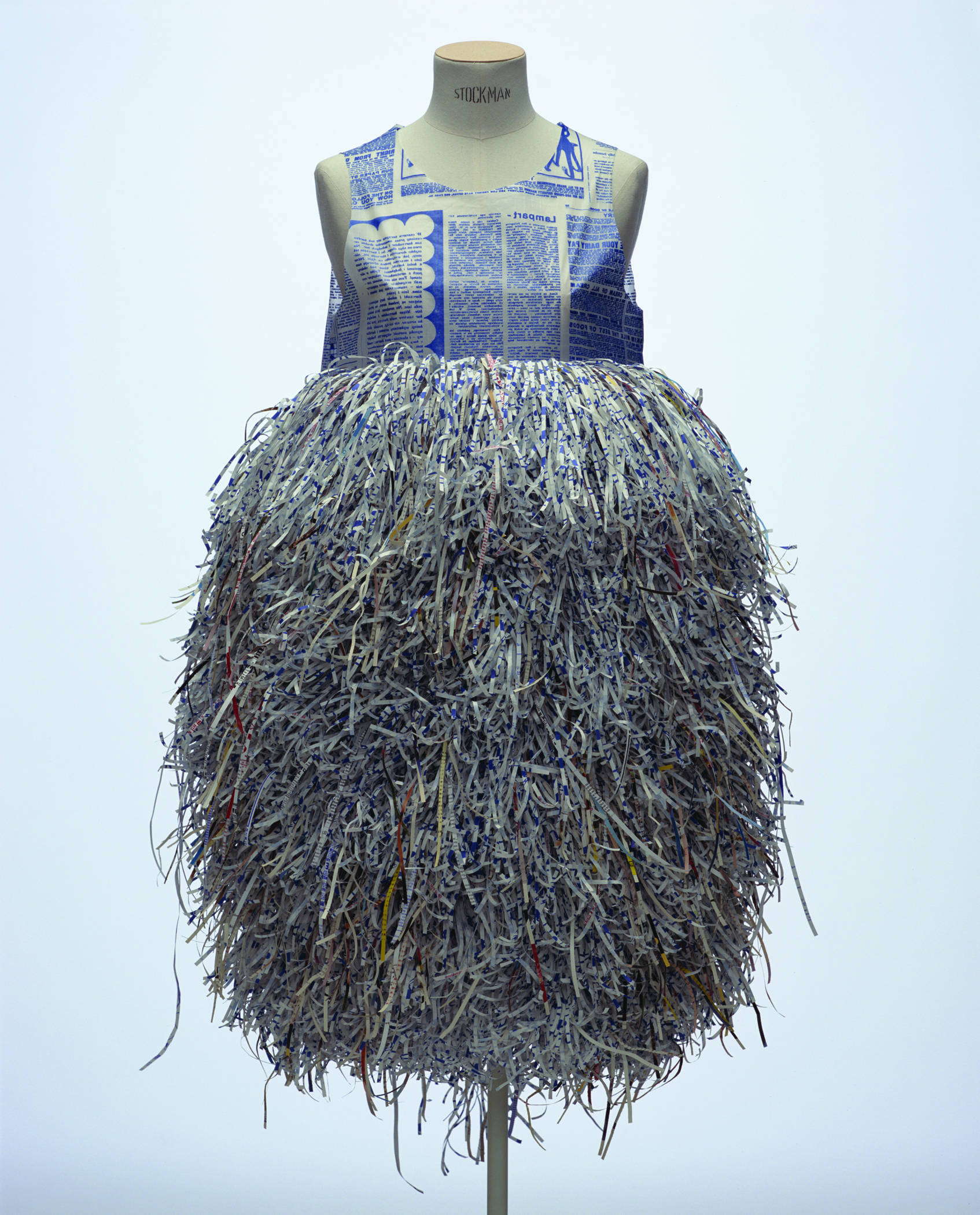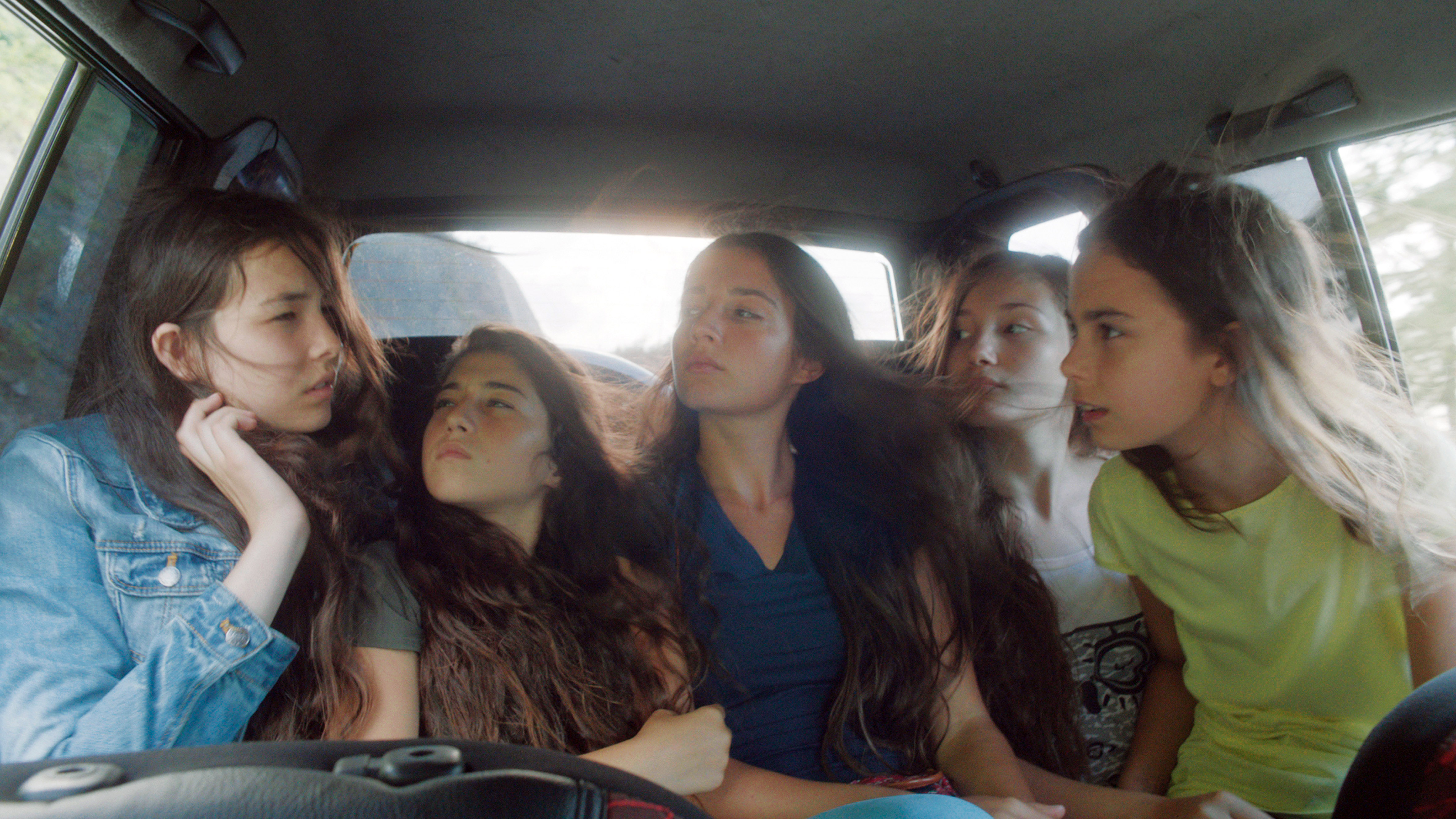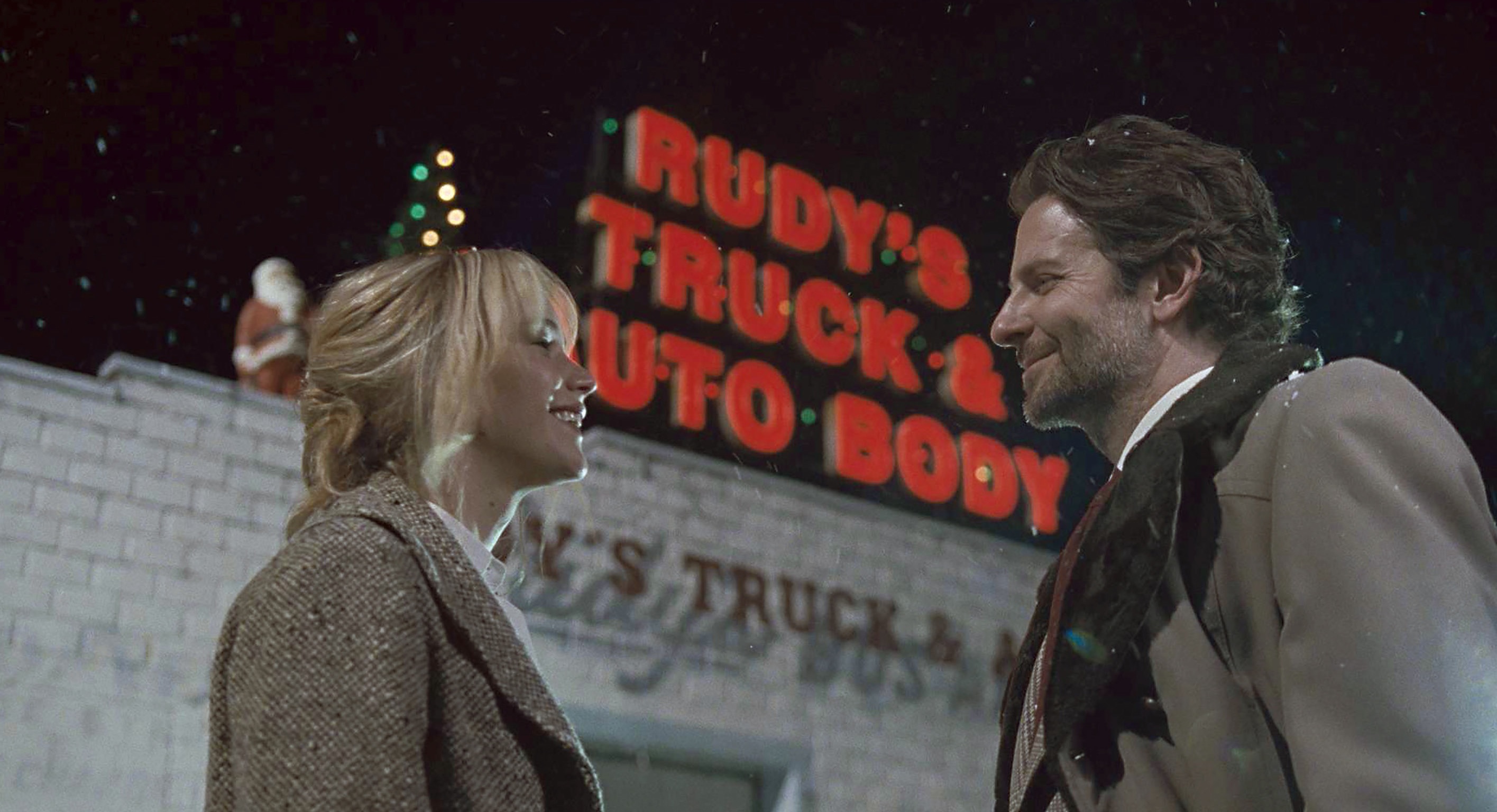Summer is a time for relaxed fashion standards. People wear shorts to work—well, I do anyway—and tourists bring their sartorial flair, ahem, to downtown. So for SAM to import a short-run Japanese fashion exhibit sounds fun and appropriate to the season, something not too serious or demanding. A traveling show from the Kyoto Costume Institute, Future Beauty: 30 Years of Japanese Fashion features over 100 garments—all of them, so far as I can tell, for women.
Given the subject, apart from a few videos, Future Beauty is a surprisingly static show. There are no models or catwalks, though all dresses look better on actual, moving women than on mannequins arrayed on pedestals. I’ve been dragged to few small fashion shows in my time, in New York, and they can be fun—music, drinks, flashbulbs, and the spectacle of pretty girls dressing up. And fun is precisely what’s missing from Future Beauty. Turns out it’s not a relaxed, summery show at all. You have to set your sights accordingly and accept that it won’t be like flipping through old issues of Vogue at the hair salon.
Instead, the frocks in four themed galleries demand to be studied and admired. Most don’t look like they’d be comfortable or practical to wear. The most novel works—like the paper dresses by OhYa, which fold and expand from books!—look like they’d be destroyed by actual use. (And laundering? Forget about it.) Truly, they do belong in a museum, not at a party.
Walking among so many mannequins can feel like a visit to Barney’s. The effect is a little like taxidermy, marveling at large, extinct bird species that couldn’t survive in our modern world. And in truth, few of these creations were commercially viable. What was shown in European ateliers wasn’t the same as what sold back home. Where’s the kawaii and robots, Hello Kitty, and inappropriately sexy schoolgirl uniforms? These were surely a part of Japan’s last three decades, too.
You have to look hard for such traces of pop culture—like Issey Miyake’s simple 2004 dress printed with the work of female manga artist Aya Takano. The space aliens and orb-eyed gamines are native to Japan, unlike the ’70s punk motifs seen elsewhere. (No less extraneous: glittery bodysuits created for Lady Gaga.)
SAM has created a big timeline in the downstairs lobby to place KCI curator Akiko Fukai’s selections in the context of Western designers, though it unhelpfully leaves you to sort out the distinctions. If Miyake and Diane von Furstenberg’s famous wrap dress debuted at near the same time, in early-’70s Paris, how were they alike or unlike? SAM doesn’t tell us.
Granted, knowledgeable visitors—more knowledgeable than I—may be able to follow the evolution of the silhouette from Miyake to Rei Kawakubo to Yohji Yamamoto. Some may come to SAM already knowing those names and the European codes they were working against. What was this old Continental tyranny of waists and decolletage and showing some leg? Must the female hourglass always refer back to classical statuary? Japanese designers shook up such assumptions, draping and pleating and obscuring the “natural” female form (or received notions of such).
In a traditional museum show of painting or sculpture, we can admire the way a gown is draped upon a portrait sitter. Fashion may connote wealth or class, but such notions are forever fixed and subordinate to the artist’s perspective. Leonardo only designed one dress for the Mona Lisa, and it wasn’t meant to be shared or seen in public.
Mounted on SAM’s gallery walls, a few flattened dresses read like collapsed tents or pressed flowers. The female form has been crushed out of them. All you’re left with is color and texture, not depth. At that point, they’re more like tapestries—something meant to be hung on a wall, not worn.
bmiller@seattleweekly.com
SEATTLE ART MUSEUM 1300 First Ave., 654-3100, seattleartmuseum.org. $11–17. 10 a.m.–5 p.m. Wed. & Fri.–Sun., 10 a.m.–9 p.m. Thurs. Ends Sept. 8.








